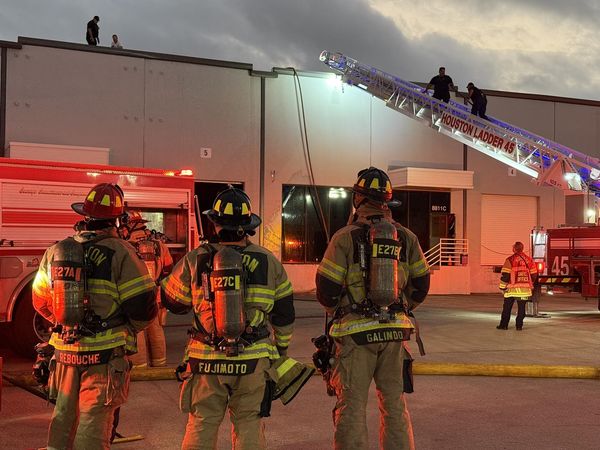
The typical American household grew significantly richer during the coronavirus pandemic, with their net worths increasing by 30% between 2019 and 2021, according to a new analysis from the Pew Research Center. But while the wealthiest households saw their bottom lines surge in value, poorer households did not see the same gains.
Pew's report is based on data from the U.S. Census Bureau’s 2020, 2021, and 2022 Surveys of Income and Program Participation (SIPP), which collects information on the financial and demographic characteristics of households across the country. It takes into account assets like stocks, bonds, homes, vehicles, retirement accounts, et cetera, as well as debt like credit card balances, mortgages, and student loans.
The richest households in the U.S., defined by Pew as the top 25% of the wealth distribution, added the most wealth in that three-year period, gaining over $170,000 to their net worths, at the median. These Americans—which do not include the wealthiest 1%, who were excluded from Pew's analysis—held 82% of the country's wealth in 2021.
At the same time, the poorest Americans, those in the bottom 25% of the wealth distribution, were more likely to be in debt in 2019 and in 2021. Half of these households had a net worth of $500 or less in 2021.
View this interactive chart on Fortune.com
That's an improvement over 2019, when half of these households had a net worth of less than $0. But Pew finds that there is still a significant racial wealth gap in the U.S. While the poorest whites, Hispanics, and Asian Americans saw their median wealth rise, poor Black households held a median debt of $4,000.
The trend holds true across the wealth spectrum: The median white household had 13 times more wealth than the median Black household in 2019 and nine times more in 2021. But it's most significant among the poorest Americans, with the median lower-income white household being 21 times richer than the median lower-income Black households. The median middle- and upper-income white Americans, meanwhile, are around three times richer than Black Americans in those groups.
While around 11% of the U.S. had no wealth or were in debt in 2021, 24% of Black households were.
What's driving wealth accumulation
Pew notes that from 2019 to 2021, incomes actually fell in the U.S. relative to inflation. But there are enough other factors at play that many households are still better off than they were.
For one, generous economic impact payments, unemployment benefits, childcare credits, and other pandemic-induced stimulus efforts helped many families across the country, even reducing the poverty rate. Many families were able to save significant amounts of money, to the tune of an extra $2.3 trillion during 2020 and the first half of 2021 (that said, Americans have been spending down that excess savings in the time since).
And then there are home prices. These have skyrocketed over the past few years, which, in hand, helps wealthier families who are more likely to own than rent.
As Pew noted, many of those trends have reversed since 2021. After-tax income has fallen, households are spending their excess savings, and while housing gains are still growing, they are not doing so at the same rate.
All of that could play into why many Americans have consistently reported that things are not going that well, despite all the official accounts to the contrary.







